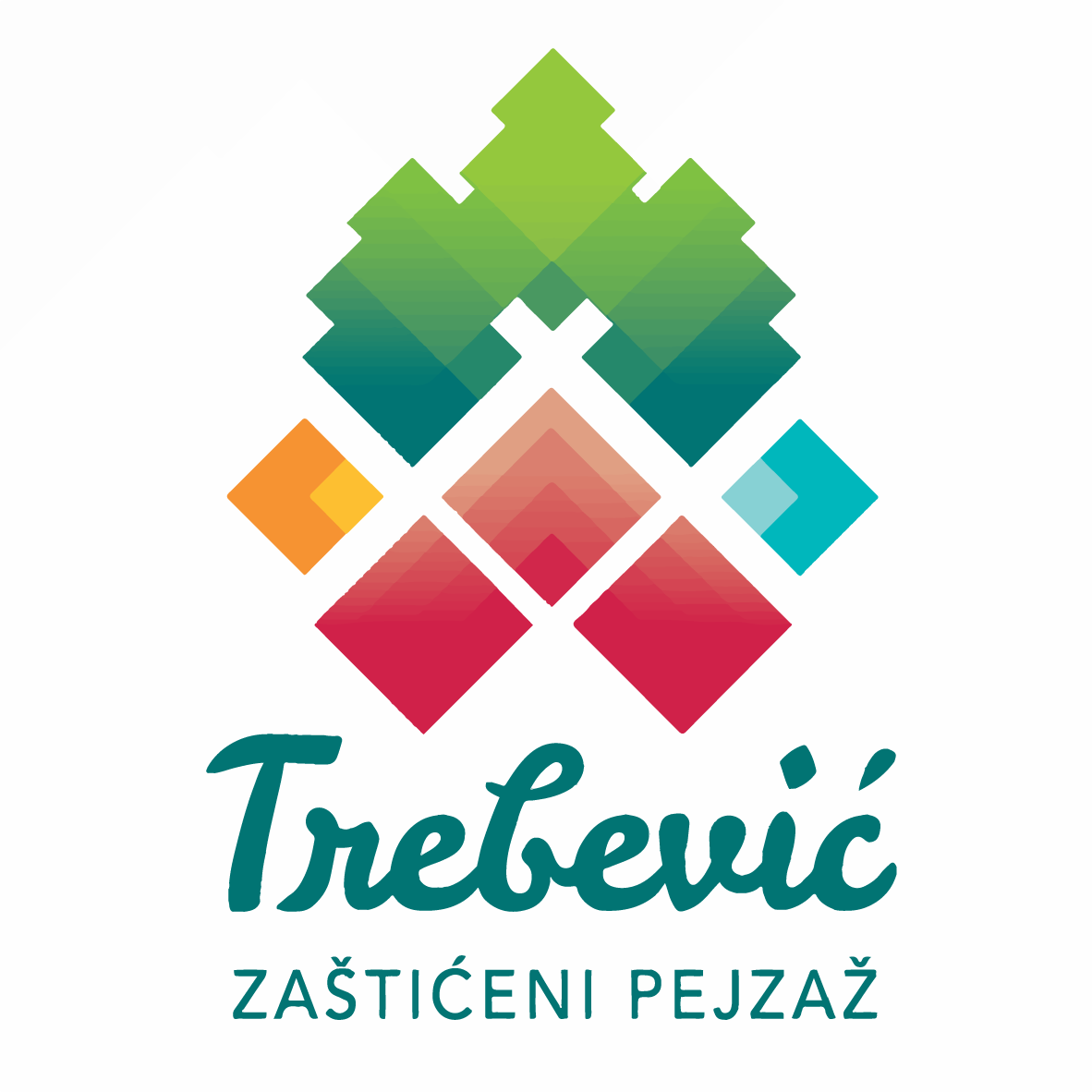Trebević has long been the main picnic spot for citizens of Sarajevo. Favorable geographical position, altitude, mild climate and natural beauty have been implanted in the hearts of nature lovers since the time of Austro-Hungary, which recognized the potential of the area and began to modify it into a picnic area. The trend of Trebević's development continued until the World War 2, when it stopped abruptly, and continued after 1945, especially after the construction of the Trebević cable car.
Since 1954, Trebević has had a certain character of legal protection in the park-forest category. With the Sarajevo neighborhoods on its slopes, it represents a unique harmony of the urban and the natural. The entire area is characterized by great diversity in biological, pedological and geological terms, but also in other professional disciplines.

Trebević
High degree of diversity in the immediate vicinity of the city
This area is divided into three protected zones. The first zone, the nucleus, which is a zone of strict protection, covers 55.40 ha, the second (buffer) 294 hectares , and the third, the so-called Transition zone, 50.80 hectares. Establishment of the protected landscape "Trebević" has the purpose of preserving and improving all elements of physical, geographical and biological diversity in the protected area, removal and prevention of exploitation and activities that may lead to change and damage to nature, development and improvement of eco - tourist potentials of the municipality of Stari Grad and Sarajevo canton at the level of organized and planned tourist visits, and active participation of the local population in maintaining and improving the functioning of the protected area.
Natural and cultural heritage
In the area of Trebević there is a characteristic vegetation of the Dinarides, which is dominated by thermophilic beech forests, meadowsweet and black hornbeam forests, fir and spruce forests, beech and spruce forests, and vegetation complexes of black hornbeam forests. Within the stands of these forests, there is a community of Pančić spruce. 99 plant species and 14 species of fungi have been recorded in this area. Three of the plant species are on the Red List of the Federation of BiH: Pančić spruce – Picea omorika, early purple orchid – Orchis maculata and light-leaved widow – Scabiosa leucophylla. Of the mushrooms on the Red List is the blagva or Caesar’s mushroom – Amanita caesarea.
The area of Trebević is extremely rich in bird species. Dense and mixed forest and the availability of water and food make it ideal for inhabiting many species. 26 bird species were recorded. The area of Trebević is also inhabited by different species of larger and smaller mammals. The Red List of Endangered Species of the Federation of BiH includes the white-breasted hedgehog – Erinaceus concolor, the wolf – Canis lupus and the brown bear – Ursus arctos. We should also mention the fox – Vulpes vulpes, roe deer – Capreolus capreolus, rabbit – Lepus europaeus, badger – Meles meles. Of the reptiles, the Bosnian carp (Viper ursinii) is on the Red List. There is a large population of vipers – Vipera ammodytes, which is especially spread in rocky areas and on cliffs. Of the lizards, the green lizard Lacerta viridis and the wall lizard Lacerta muralis were spotted on Trebević.
The exact origin of the name of the mountain Trebević is unknown, but it is assumed that in the area of this mountain there was once an altar dedicated to one of the Slavic gods, probably Perun, so the word “trebevište” (from trijebiti) remained. However, there are indications that the ritual of sacrifice dates back to the Illyrian era, when animals were sacrificed in numerous sinkholes near the top of the mountain. During the old century, the slopes of this mountain were inhabited by the Illyrians, who also founded a settlement in the area of today’s Debelo brdo. After the ancient period, the importance of Trebević declined in the middle ages, while during the Ottoman rule it grew thanks to increased urbanization on its northern slopes. During the Austro-Hungarian rule, the importance of Trebević grew rapidly, primarily from the military aspect, because the entire city could be seen from its slopes. Due to that, fortifications were built on certain elevations, the remains of which can be seen to this day. In addition to the military, the importance of Trebević as a picnic area is growing, and then its slopes begin to be forested, and trails for hikers are arranged for the purpose of recreational tourism.
During the Kingdom of Yugoslavia, the importance of Trebević as a picnic area grew with the establishment of the first mountaineering associations in Sarajevo, and the first mountain lodges were built in its area. After World War 2, the reconstruction of existing and new tourist capacities began. For easier access, a cable car was built from the city center to the Vidikovac area. New promenades were built, as well as mountain lodges and resorts that were destroyed in the 1992-1995 war. Trebevic hosted bobsled and sledders during the XIV Winter Olympic Games, which took place in Sarajevo in 1984, so it remained inscribed in the books of the International Olympic Committee as a sports facility.
The cultural and historical heritage of the protected landscape “Trebević” includes the astronomical observatory Čolina Kapa, in fact the Bistrik Tower fortress where the observatory building was added, and the remains of the Draguljac fortress and the Austro-Hungarian waterworks Bistrica – Hrid.
How to reach Trebević?
You can reach the protected landscape "Trebević" by the Sarajevo cable car, which operates according to the established working hours (information on the website www.zicara.ba). The Trebević area is equipped with mountain furniture for staying in nature, rest and relaxation of the whole family. It provides excellent conditions for hiking and mountain biking.


Autom

